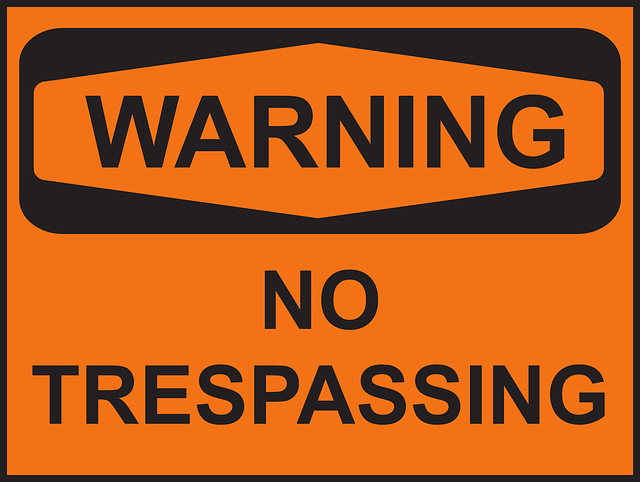In real estate, enhancing property aesthetics through exterior and interior design increases value and appeal, attracting buyers and tenants. Unique architectural features, vibrant colors, and contemporary designs drive market trends, leading to higher rental rates and sale prices. Shared amenities like parks, gyms, and community halls foster community, boost living experiences, and increase property value. Effective amenity management involves structured cleaning schedules combining professional services with resident involvement, clear rules for shared spaces, and regular community discussions or events, fostering a strong sense of community while preserving aesthetics and functionality.
In today’s competitive real estate market, enforcing property aesthetics and shared amenities can significantly enhance both property value and community building. This article explores three key strategies: enhancing property value through visually appealing designs, fostering a sense of community with well-maintained shared spaces, and implementing effective upkeep plans. By focusing on these aspects, real estate developers and owners can create desirable, vibrant neighborhoods that attract and retain residents.
Enhancing Property Value through Aesthetics

In real estate, enhancing property aesthetics is a powerful strategy to boost its value and appeal. The external and internal look of a building significantly influences how potential buyers or tenants perceive it. A well-designed exterior with attractive landscaping can instantly create a positive first impression. Similarly, an aesthetically pleasing interior with modern fixtures, clean lines, and thoughtful decor can elevate the property’s overall desirability.
Real estate investors often recognize that aesthetics drive market trends. Properties with unique architectural features, vibrant color palettes, or contemporary design elements tend to attract more interest and command higher rental rates or sale prices. By investing in property aesthetics, developers and owners not only improve their real estate assets’ short-term appeal but also ensure long-term sustainability and profitability.
The Role of Shared Amenities in Community Building

In the realm of real estate, shared amenities play a pivotal role in fostering community and enhancing lifestyle. These common spaces, such as parks, gyms, and community halls, serve as hubs for residents to connect, interact, and build social bonds. Beyond mere conveniences, they facilitate a sense of belonging and foster a vibrant atmosphere that distinguishes top-tier properties.
By incorporating well-designed shared amenities, developers and property managers create opportunities for residents to engage in various activities, from organized events to casual gatherings. This not only boosts the overall living experience but also contributes to the preservation and appreciation of property values. In today’s competitive real estate market, understanding the power of community building through strategic amenity management is a game-changer that meets the evolving needs and desires of modern residents.
Strategies for Maintaining and Upkeeping Shared Spaces

Maintaining shared amenities is a key aspect of real estate management, ensuring that properties remain attractive and functional for all residents. One effective strategy is to implement regular cleaning schedules, involving both professional services and community involvement. Designated maintenance teams can handle deep cleaning, while residents can take on daily tasks like trash collection and general debris removal. This collaborative approach not only keeps common areas spic and span but also fosters a sense of collective responsibility.
Moreover, establishing clear rules and guidelines for using shared spaces is essential. Property managers should communicate these effectively to tenants, outlining expected behaviors and maintenance standards. Regular community meetings or digital forums can serve as platforms for discussing any issues, sharing ideas for improvements, and organizing collaborative clean-up events. Such initiatives strengthen the sense of community while maintaining the aesthetics and functionality of shared real estate amenities.






